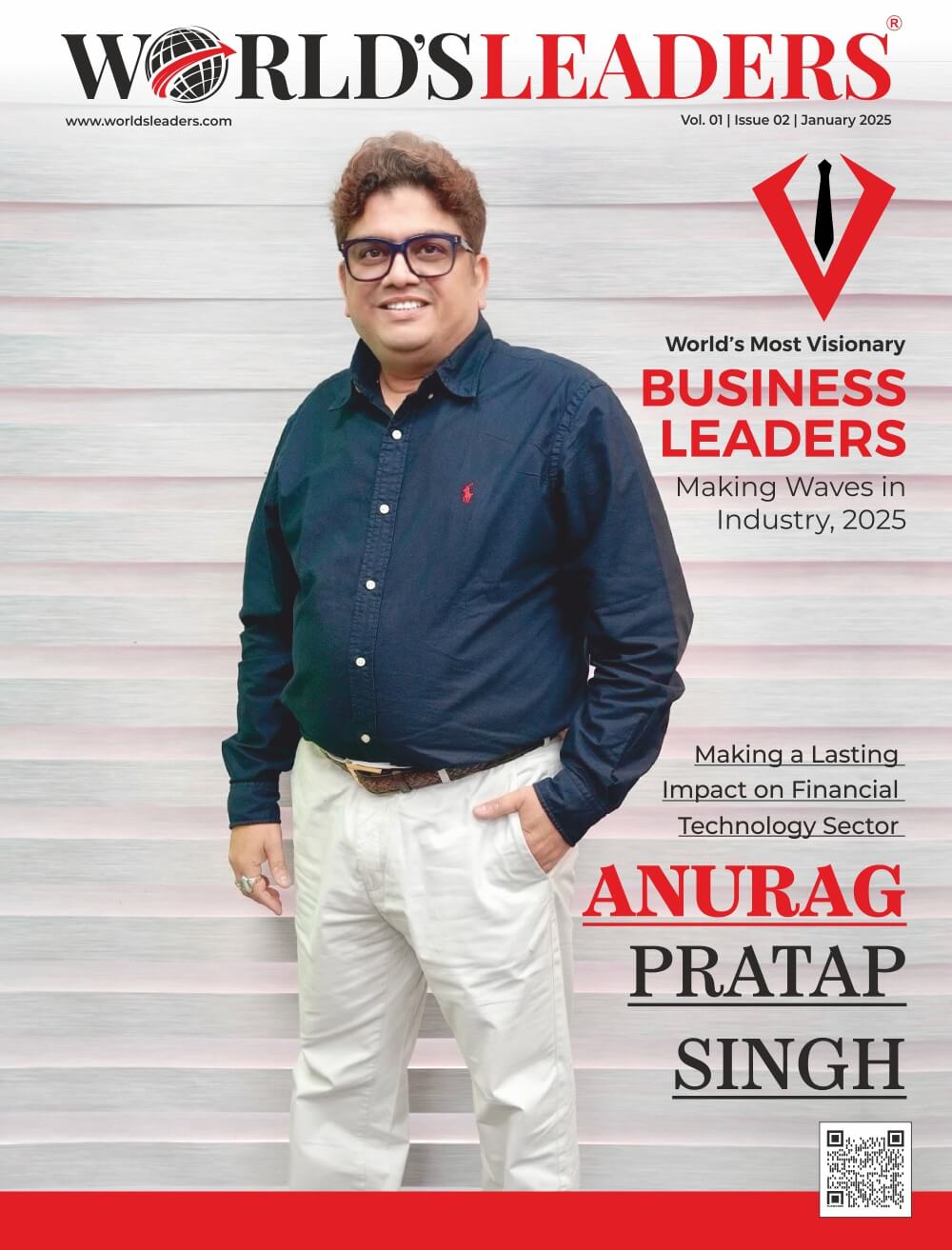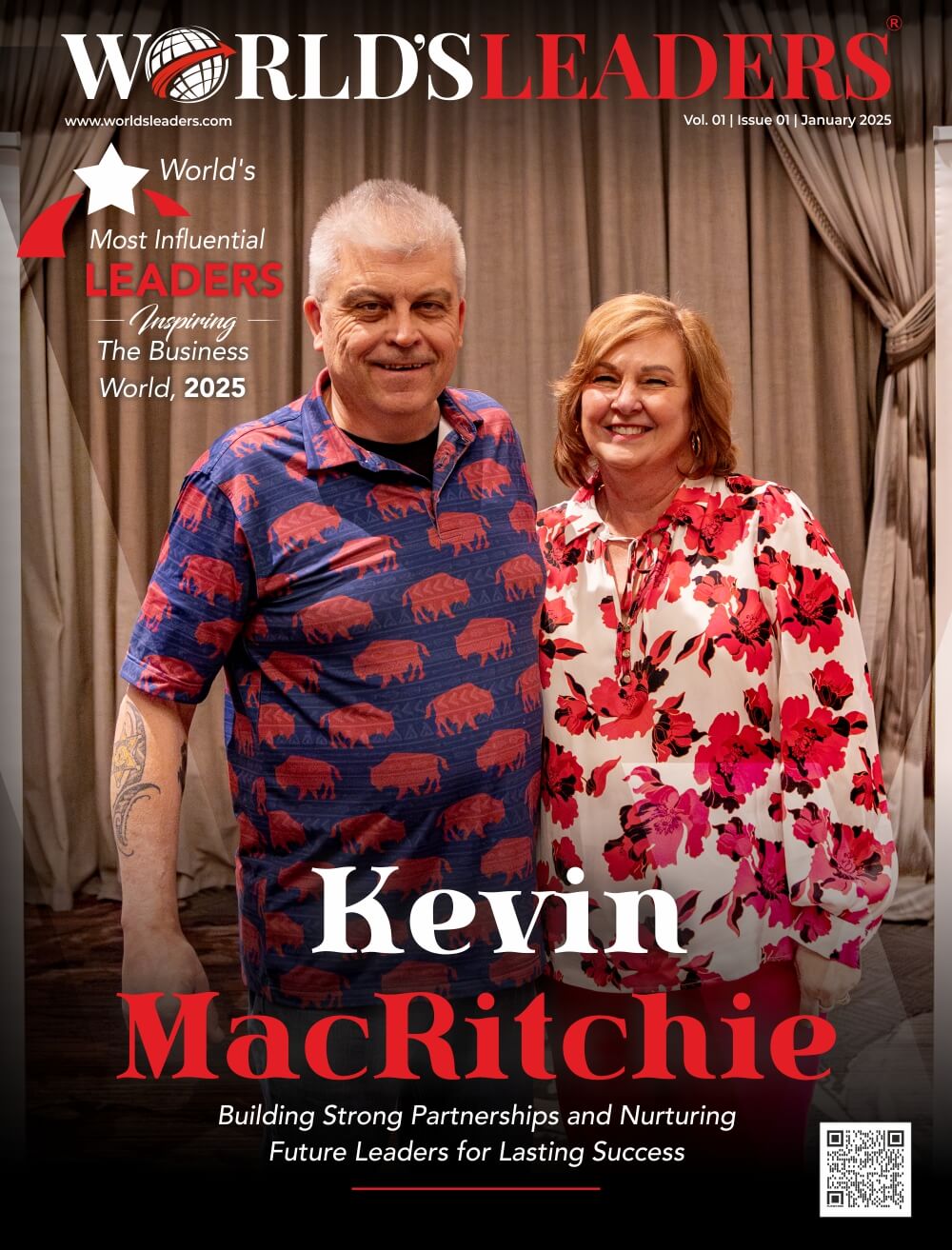Ken Dychtwald, PhD has emerged as North America’s foremost visionary and original thinker regarding the social, economic, healthcare, marketing, financial, and workforce implications of the “age wave” – a term he coined in the 1980’s. He is a psychologist, gerontologist, documentary filmmaker, and best-selling author of 19 books, including his three latest What Retirees Want: A Holistic View of Life’s Third Age, Radical Curiosity: One Man’s Search for Cosmic Magic and a Purposeful Life and Sages of Aging: A Guide for Changemakers.
He has served as a fellow of the World Economic Forum and was a featured speaker at two White House Conferences on Aging. He was named the single most influential marketer to baby boomers over the last quarter-century by American Demographics. His article in the Harvard Business Review, “It’s Time to Retire Retirement,” was awarded the prestigious McKinsey Award, tying for first place with the legendary Peter Drucker. He was honored by Investment Advisor as one of the 35 most influential thought leaders in the financial services industry over the past 35 years, and he and his wife, Maddy, received the Esalen Prize for their outstanding contributions to advancing the human potential of aging men and women worldwide. He has twice received the American Society on Aging Award for distinguished leadership and has received the Inspire Award from the International Council on Active Aging.
Since 1986, Ken has been the Founder and CEO of Age Wave, an acclaimed think tank and consultancy focused on the social and business implications and opportunities of global aging and rising longevity. During his career, Ken has addressed more than two million people worldwide in his speeches to corporate, association, social service, and government groups. His strikingly accurate predictions, landmark research, and innovative ideas are regularly featured in leading print and electronic media worldwide and, incredibly, have garnered nearly twenty billion media impressions.
In this wide-ranging interview, Ken Dychtwald shares what inspired him to start Age Wave, what market opportunities are hiding in plain sight, and so much more.
What motivated you to start Age Wave and what were your initial goals?
Life threw me an interesting curve back in 1974, when I was 24, finishing writing my first book, BodyMind, and completing my doctorate on the Psychology of the Body. I was invited to co-found a pioneering research initiative called the SAGE Project, which came to be funded by the National Institutes of Health. We set out to see if some of the progressive new approaches to mental and physical health, such as biofeedback, meditation, yoga, and nutrition, could reverse some elements of aging decline. The project was so successful that it became the model for similar programs all over the world and served to ignite the nascent holistic health and healthy aging fields.
Then, in 1982, another piece of an emerging puzzle fell into place. I became an advisor to what was then called the Office of Technology Assessment, the non-partisan U.S. Congressional think tank. The several-year focus of our team of demographers, gerontologists, sociologists, urban planners, and physicians was to study how, throughout 99% of human history, the average life expectancy was under 18 years. Over the past few centuries, medical, economic, social, and demographic forces have been shifting and grinding against each other. Dramatic breakthroughs in medicine, public health, and lifestyle management have caused two unprecedented trends: declining fertility and increasing longevity. The average life expectancy has vaulted from 47 in 1900 to around 78 today (albeit with some temporary backsliding during COVID-19) and a new, uncharted longevity is emerging. Together with increasing numbers of older adults due to the aging of the massive Baby Boomer generation and declining fertility in all the modernized nations of the world, a longevity revolution is underway. In fact, two thirds of all the people that have ever lived past 65 in the entire history of the world are alive today!
It struck me that we were unprepared for this in every way imaginable, from the auditory range in our phones to the focus of training in medical schools. I wanted to see if there was a meaningful role I could play in helping to prepare our world for the aging of our population. To both help midwife this age wave and also capitalize on the growing number of businesses that were becoming interested in these demographic changes, I started Age Wave in 1986, with my wife Maddy, with the hope of becoming the world’s leading think tank and consultancy focused on this phenomenon. The business got off to a roaring start and has continued to evolve and morph ever since nourished by an extraordinary team of researchers, consultants, strategists, and communicators. I’m so proud of the fact that our client list has included over half the Fortune 500, and every project we do breaks new ground, from conceptualizing Centrum Silver and Tylenol Arthritis to reshaping the healthcare, travel and financial services industries.
It’s unusual to see a company like yours that has steadfastly focused on doing good while doing well. What do you believe has made Age Wave so successful?
We firmly believe that this “age wave” is a powerful and unprecedented demographic engine that will drive the marketplace for the rest of our lives. Seizing this massive growth opportunity is going to require a respectful and fresh appreciation for today’s and tomorrow’s older adults: what they’ll want to feel, eat, drive, wear, and buy; and how they’ll want to enjoy their longer lives and find purpose in their newfound time affluence.
We have had the good fortune to have grown dramatically while positively impacting the way companies and the general public think about and value the mature market. Our mission has always been clear:
- Alert the world to the power of the coming demographic wave and the vast opportunities and challenges it holds;
- Liberate the business marketplace from its ageist perspectives and youth-obsessed orientation;
- Motivate both our healthcare system and consumers to do a far better job of matching our healthspans to our lifespans;
- Turbocharge global scientific research to beat Alzheimer’s before it becomes the sinkhole of the 21st century; and
- Envision a new purpose for older adults in their third age.
How are marketers and investors blinded by ageism and what is it causing us to not see?
We live in a world where youth has become an obsession. Ironically, this obsession began when the Baby Boomer generation—now between the ages of 58 and 76—was young. It remains true today, and most product and service developers and marketers direct most of their time, attention, and resources to Millennials and Gen Zers. But those cohorts are predominantly broke, time-constrained, and only marginally loyal to products and services.
Instead, tomorrow’s biggest untapped opportunity is hiding in plain sight. In the U.S. alone, the 50+ population’s economic fortitude is stronger than ever – and growing moreso every day. 79% of the total net worth is controlled by people aged 50+. They represent the purchase of 51% of all groceries, 52% of adult apparel, 52% of all personal care and beauty products, 56% of travel, 61% of housewares, two thirds of all books, 68% of all OTC drugs, 71% of all the money in banks, 74% of all vitamins and supplements, and 77% of all prescription drugs.
Are older adults seeking to be youthful or useful?
In the 48 years I’ve been studying aging, longevity, and older adults in the U.S. and abroad, I’ve noticed that there’s a lot of confusion among retirees regarding what they should be doing with their newfound decades of free time. Should they strive to be youthful or useful—or both? Different than our grandparents, who imagined they’d only have a couple of years post-work before their expiration date, it’s dawning on many of us that we now need to reimagine our lives, restructure our time and maybe even find a new purpose.
In the early decades of the 20th century, developed nations began introducing the new idea of “retirement” to give older adults a short, subsidized break after a life of hard work — and to make room for legions of unemployed young workers. Back then, not much was asked of older folks, and “Merriam-Webster’s Dictionary” defined retirement as a time “to disappear,” “to go away.”
Then, in the early 1970s, with the arrival of Sun City, Ariz., and other retirement conclaves, the idea was promoted that maturity was meant to be the “golden years” of life, a time for fun and play 24/7, like an extended vacation. Longevity was flourishing as a result of advancements in medicine and self-care, and more people were aging more healthfully and youthfully. Like a piece of taffy, retirement was being stretched longer and longer.
In a recent study titled “The Four Pillars of the New Retirement: What a Difference a Year Makes,” conducted by my firm Age Wave, along with Edward Jones and Harris Interactive, we uncovered the awakening tremors of a massive untapped force for social good. Eighty-six percent of all adults and 89% of retirees now say, “There should be more ways for retirees to put their talents and knowledge to use for the benefit of their communities and society.” Just as the Peace Corps was conceived and activated by JFK and Sargent Shriver 60 years ago, I believe that an army of new older helpers—a massive Elder Corps—is just waiting for the opportunities, infrastructure, and social nudge to get them going. Imagine all the potential good that could come from a billion retirees each volunteering a few hours a week.
Think about it. The world could have millions of thriving schools and non-profits boosted by retirees’ savvy, life experiences, and connections; tens of millions of disadvantaged students on the path to higher education thanks to the loving support of elder mentors and sponsors; fragile elders in nursing homes looked after by healthy elder advocates; countless young workers and parents benefiting from being coached and mentored by older adults; more widespread social justice thanks to legions of elder watchdogs and whistleblowers and thousands of communities blossoming from new intergenerational interdependencies.
What role does innovation play in the work you do?
While I share the modern love affair with all things tech, I also think that many of the most extraordinary innovations to come will have to do with humanity. I’ve always been captivated by II—”Imagination Intelligence.” What are we going to look like in the future? How are we going to feel when we’re 90, or 100, or 150? Will retirement even exist? Can we begin to imagine all the products and services that are going to be needed by this longevity revolution? At Age Wave, we feel it’s our job to help companies and governments see what’s coming and envision the new solutions required to meet the needs of this unprecedented longevity revolution. For example, in the years ahead, watch for growth in products, services, and industries such as the following:
- Kidneys, livers, lungs, hearts, skin, blood, and bones that have been therapeutically cloned and/or 3D-printed for tune-ups or replacements;
- Nutraceuticals and cosmeceuticals engineered with macro- and micronutrients designed to combat or even reverse aging;
- Men’s and women’s rejuvenation retreat centers and boot camps
- Health optimizing homes complete with next-generation air purification systems and biometric labs in toilets;
- High-tech exercise equipment and software designed to precisely train users to build stronger, healthier, and more youthful bodies;
- Smart acoustic systems in telephones, radios, land TVs that customize signals to accommodate the auditory range of each user’s ears;
- Lifelong learning and reinvention programs at colleges, universities, churches, community centers, and online;
- Mature employment and retirement transition coordinators/guides;
- Adventure travel services that send older adults to off-the beaten-trail locations;
- Experience agents—next level travel agents—who can be commissioned to orchestrate any type of request, whether it’s a party, learning program, psychotherapy, sabbatical, travel adventure, spiritual retreat, or introduction to new friends or housemates;
- Mature matching services to help the tens of millions of mature women and men find new relationships and/or jobs and/or volunteer opportunities;
- Intergenerational communes;
- Longevity insurance that, rather than paying an individual’s family in case of early death, provides financial support for people who live very long lives;
- Paycheck-for-life annuities to provide a steady and secure stream of financial support for folks during their post-working years; and
- Legacy videography services for folks who want to express and memorialize their treasured memories and life lessons.
I have been so lucky. Along with my terrific team of colleagues at Age Wave, we’ve had the wonderful experience of working alongside many of the world’s great leaders, companies and non-profit organizations to help envision a future filled with lifelong purpose, promise, and possibilities.
For more information visit www.agewave.com,
follow us on twitter.com/agewave
connect with me on LinkedIn https://www.linkedin.com/in/kendychtwald/
Written by Steve Sanchez.





